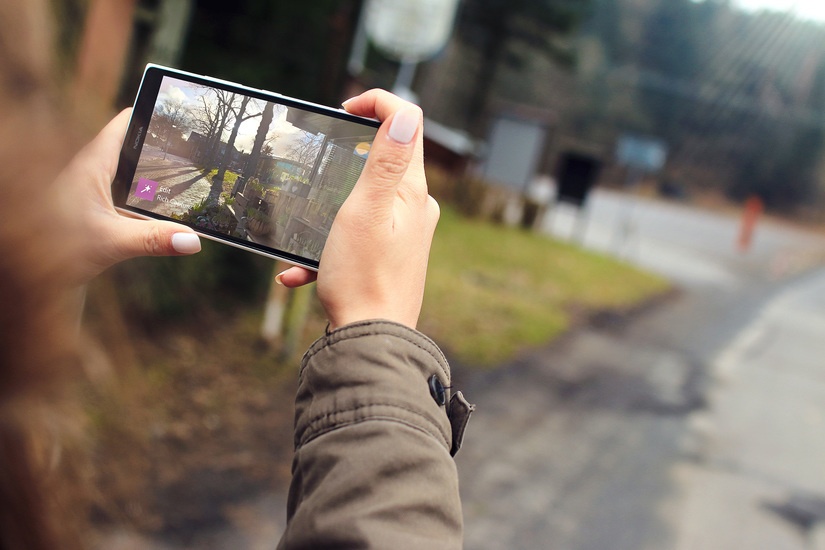
User-generated content, or UGC, is everywhere these days. Many broadcast journalists feature it during newscasts, and even on the broadcaster’s website and social media profiles. User-generated content (UGC) generally means content contributed by someone who doesn’t work for the broadcaster and isn’t paid for his or her content – usually video, but sometimes still pictures as well (especially online).
In the past, TV stations sometimes used video or pictures viewers sent in from the scene of a developing story. Broadcasters still use this type of content, especially in instances of breaking news where the TV crew can’t reach the scene in time. But today, broadcasters are also collecting user-generated content from social networks like YouTube, Vine, Flickr, and Facebook.
Be Careful to Describe User-Generated Content Correctly
A recent Tow Center study found that 74% of the time, UGC was not called user-generated content in any way. On television, the individual responsible for the content was only credited about 49% of the time, although news websites credited the contributor about 72% of the time. Always make every effort to attribute the video to the person who supplied it, even if you have to use their Twitter handle (real names are certainly preferable).
Unfortunately, there are no clear industry standards about how UGC should be described on air when it is credited. Different stations have different policies, and sometimes no policy at all. When a viewer sends video directly to the station, most broadcasters note that the footage was “sent in by a viewer.”
UGC from social media is much more varied. In the Tow study, about 9% of the time, UGC was described as “via [Name of social media site]”, while 3% of the time it was described as “eyewitness video/footage” and 8% of the time it was referred to as “amateur video.” About 2% of the time, the journalist just called it “unverified video”.
Again, the best policy is to attribute the video to the person who took it. If the video is from a local person and has gone viral, be sure to mention the local angle along with the person’s name. If the video is from YouTube or another social site, you could say, “This video was originally posted on YouTube by John Doe, and as you can see, it’s already had X number of hits…”
Legal Issues to Consider
Items on social media are meant to be shared. However, some social networks’ terms state that content is only to be shared by individuals, not businesses. A Broadcast Law Blog article from 2014 points out that even attributing the content to its original creator doesn’t always protect a broadcaster from lawsuits. It goes on to say that many broadcasters have faced lawsuits over “attributed” content they found on the internet, mostly pictures. Content posted on a TV station’s website is especially problematic.
As you’ve probably noticed, many TV stations frequently use video from social media sites without issue. Often the person who posted the video enjoys the free publicity and has no desire to sue the TV stations that use it. However, that doesn’t mean you’ll always get lucky. It only takes one lawsuit-happy opportunist to cost your organization a fortune in legal fees.
Every TV or radio station should create a policy about sourcing user-generated content—after consulting with a legal expert. All journalists should be provided a copy of the policy and guidelines so there are no mistakes. Make it clear what steps must be taken before using UGC.
Make sure to read and understand the terms and conditions of any social media site from whom you plan to source video. Even then, the safest solution is to seek out the video’s poster and simply ask permission to use the content. Start with something like, “I’m from [broadcaster’s name] and we’d like to do a story about you and your cause/idea/experience.” This flatters the content owner and gives the impression of you giving them free publicity, as opposed to them giving you free content. You can then go on to say that you’d like permission to show their video as part of the story.
Have an Appropriate Legal Agreement Handy
If the contributor agrees, have him or her sign a legal disclaimer stating that you have permission to use the video. This should be written by an actual attorney, not the station manager’s assistant. Yes, lawyers are expensive—and that’s exactly why you don’t want to get sued. Acquiring and attributing user-generated content properly can save a broadcaster thousands of dollars in legal fees and a lot of wasted time dealing with lawsuits.
[su_note]Learn more about the School of Broadcast Journalism at the New York Film Academy by clicking here.[/su_note]